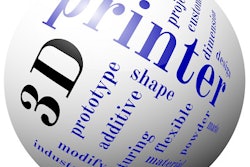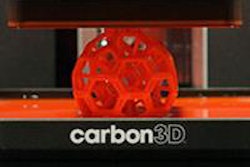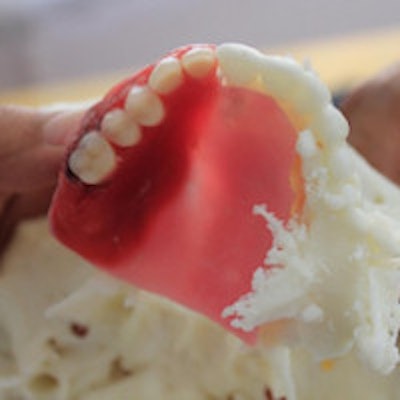
An Indian cancer patient who had a substantial section of his palate removed after undergoing surgery to remove a tumor has been given a new set of teeth with the help of 3D printing.
The patient, a 41-year-old man from Bangalore, underwent infrastructure maxillectomy surgery, removal of the upper jaw and palate. This exposed his nose and maxillary sinus to the oral cavity. He also had radiotherapy for six weeks and consequently developed trismus, due to radiation-induced fibrosis. This left the patient barely able to open his mouth.
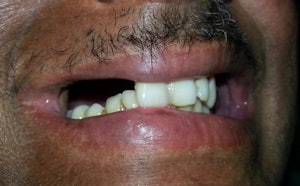
Eating was difficult because food went into his nose and the maxillary defect; his speech was affected and also his facial appearance.
Since the patient was unable to eat properly and had difficulty speaking, physicians decided to create a prosthetic for him. But because he couldn't open his mouth widely, it was almost impossible to take an impression to create a prosthetic.
Many dentists tried and refused to give him an obturator (a prosthetic device that blocks fissures in the palate), because it was nearly impossible to take an impression and prepare a mold, according to Deepak Raj, co-founder of df3d, a design factory for 3D printing, and Osteo3d, a Bangalore-based company that specializes in 3D printing for healthcare.
"In this case, the patient could not open his mouth to get an impression using the conventional method," Raj told DrBicuspid.com.
Dr. Satyajit Dandagi, a maxillofacial surgeon who was exploring innovative methods to solve the case, contacted Osteo3d.
"This was our first application for a maxillofacial application -- a live case with a tangible benefit to the patient," Raj said.
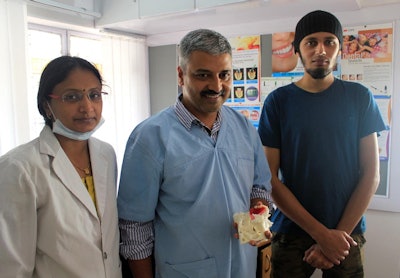 From left to right: Dr. Poornima Dandagi; Dr. Satyajit Dandagi, maxillofacial surgeon; and Nachiketha Someswara from Osteo3d.
From left to right: Dr. Poornima Dandagi; Dr. Satyajit Dandagi, maxillofacial surgeon; and Nachiketha Someswara from Osteo3d.Using a CT scan to create a 3D reconstruction of the patient's face, Osteo3d made a reconstruction of his mandible and maxilla with the defect and the teeth.
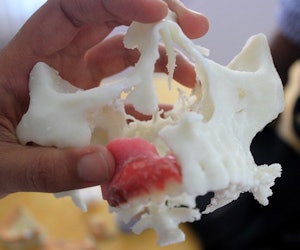
This was used to make a wax model of the obturator and simulated all movements of the jaw joint. Once the wax model was tested on the patient and necessary adjustments were made, they made an acrylic impression, added the teeth, and gave it to the patient.
"Incredibly, the device was as close to a perfect fit as they could have gotten, even with traditional techniques, improving the patient's speech, swallowing, eating, smiling, and bone structure," Raj noted. "The patient is in good health and is able to lead his day-to-day life with no hassles now, thanks to 3D printing."
Previous reports have indicated that 3D printing in the medical/dental sector has strong growth potential worldwide, with dental applications and the increasing use for the manufacture of orthopedic implants leading the development. Other analyses have hailed the utility of 3D printing, but are waiting for insurance reimbursement to catch up to the technologies.




